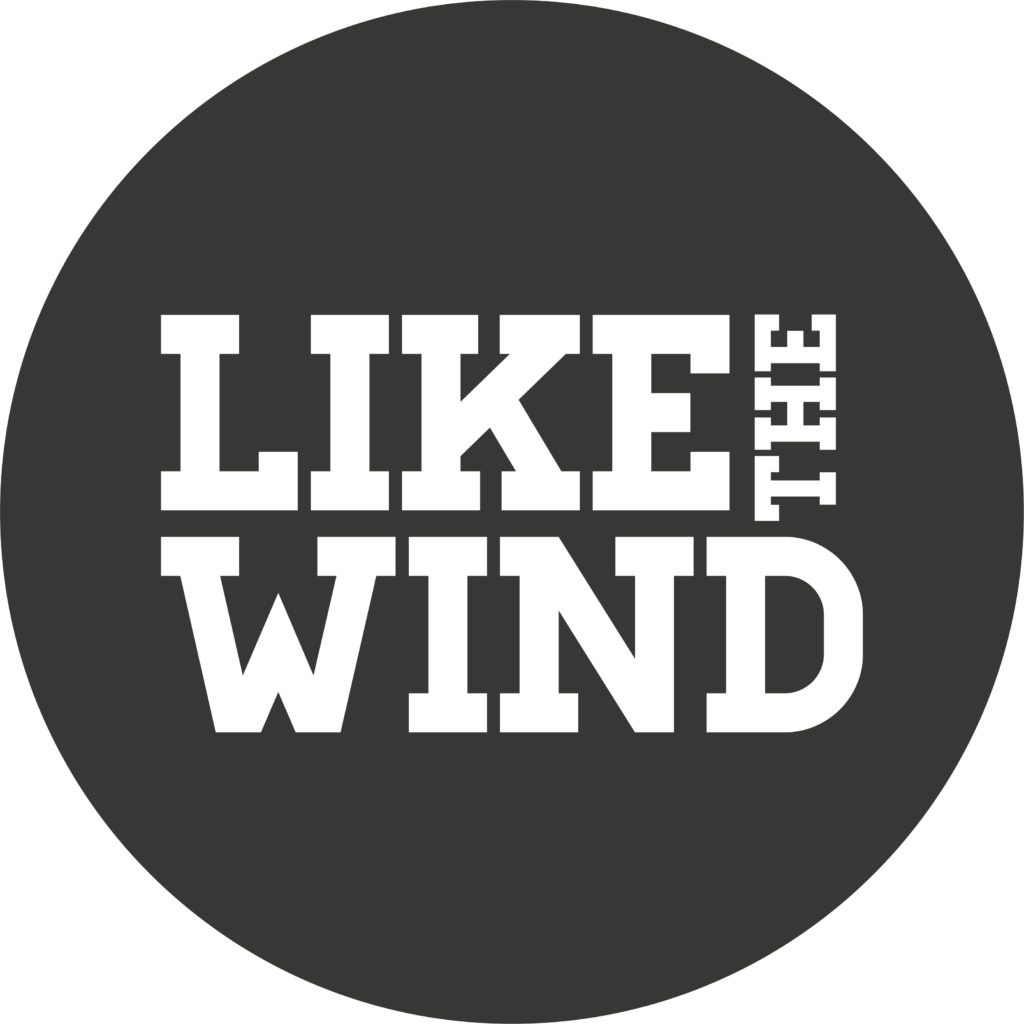After more than a decade in banking, Jean-Baptiste Joly-Lavrieux swapped his suit for a pair of trail shoes and moved to the French Alps to pursue his joint passions of trail running and photography. Shooting this year’s UTMB, Jean-Baptiste and his friend Clément Hudry wanted to bring an extra dimension to their images: alongside their modern equipment, they took pictures using disposable cameras sourced from eBay (with film that officially expired five years ago). The resulting photos are wonderfully evocative of the 1990s: red eyes, noise and blur, and a real feeling of life.
Jean-Baptiste explains more about the project.
I saw disposable cameras as a way to escape from the UTMB madness for a few minutes
Jean-Baptiste Joly-Lavrieux
When I think about film, it reminds me of my grandmother. She used a Kodak Ektra camera and she loved using flash, so we have a lot of family photos with nice red eyes! Disposable cameras came later. During my teenage years, each summer I spent two weeks camping with friends, discovering new regions of France. Photos were our way of creating memories.

At this year’s UTMB I was contracted by Peignée Verticale, an agency based in Annecy, to take some behind-the-scenes photos of their work and to shoot during races when needed. I’m relatively new to photography (I bought my first camera during the last Covid lockdown), so this was a huge opportunity and I thought it would be great to propose something fun. When Timothée, the founder of the agency, saw I was bringing two disposable cameras, he was really supportive and gave me total freedom.
In terms of pictures of the UTMB, it feels like almost everything has already been produced, every angle covered. UTMB is not only a competition for trail runners, but also for photographers. It is a serious business: you must deliver high-quality photos in a very short timeline. It is a lot of fun, but also very demanding so I saw disposable cameras as a way to escape from the UTMB madness for a few minutes.
The second camera was in the hands of Clément Hudry, a very talented photographer I have been following for years and a colleague during that week in Chamonix.
I sourced the cameras online: I was looking for cameras with expired film because it would add uncertainty to the resulting shots. I was really looking forward to seeing the effects of the flash because of the “red eyes” look, reminiscent of my grandmother’s snaps.

After shooting photos with our x-million-pixel cameras, it felt a bit weird to use a little piece of plastic. The “no immediate result” and “no second chance” aspects of the process were feelings I hadn’t experienced for many, many years. When the lab sent me the initial scans, I was as excited as I used to be when I was younger, picking up my photos from our local shop. It was so good to see the prints in real life in the 10x15cm format. It took me back to my childhood – and I did not expect to have so many publishable photos!
Clément and I had both 27 chances: some photos were so bad that the lab did not even send me a scan – others were way too underexposed because we forgot to use flash or the conditions were not good enough. Some are also really grainy, but they are probably the ones I like the most.

I had lots of positive feedback after posting the photos on Instagram. To me, the most important comments were those saying it was a cool project. They encourage me to keep trying to do things differently from time to time. I have also hung some in my cabin: seeing them every day makes me feel like a teenager again.
Find out more:

